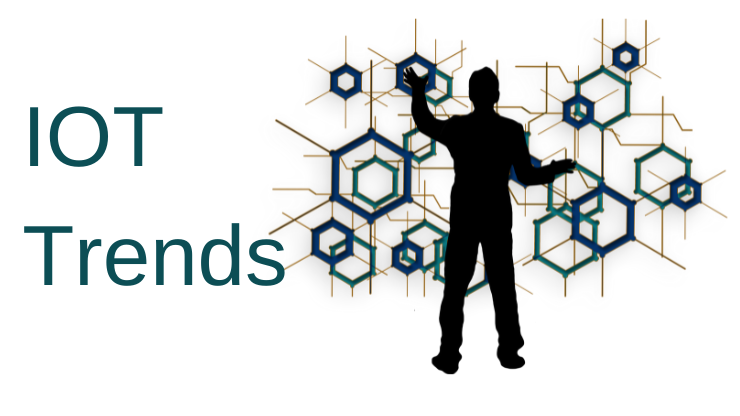
There are several trends in the Internet of Things (IoT) that have emerged in recent years and are expected to continue to grow in the coming years. Some of the key trends in IoT include:
Increased connectivity: The number of connected devices is expected to continue to grow, with estimates ranging from 20 billion to over 50 billion connected devices by 2020. This will lead to more data being generated and the need for more robust and scalable connectivity solutions.
Greater security and privacy: As more devices become connected, there is an increased risk of cyber attacks and data breaches. As a result, there is a growing focus on security and privacy in the IoT space, with a focus on securing devices and protecting personal data.
Artificial intelligence and machine learning: IoT devices are generating vast amounts of data, and AI and machine learning technologies are being used to analyze and make sense of this data. This will allow for more intelligent and responsive devices and systems.
Edge computing: As the number of connected devices grows, the need for distributed computing systems that can process data at the edge of the network will also increase. This will allow for faster processing and decision-making, as well as reduced reliance on the cloud.
Industrial IoT: The use of IoT in industrial settings is expected to grow, with applications ranging from predictive maintenance to supply chain optimization. This will lead to increased efficiency and productivity in a variety of industries.
Smart cities: The use of IoT in urban environments is expected to grow, with applications ranging from traffic management to public safety. This will lead to the development of more connected and efficient cities.
Consumer IoT: The use of IoT in consumer products is expected to continue to grow, with a focus on the connected home and personal devices such as smart speakers, smart thermostats, and wearable technology